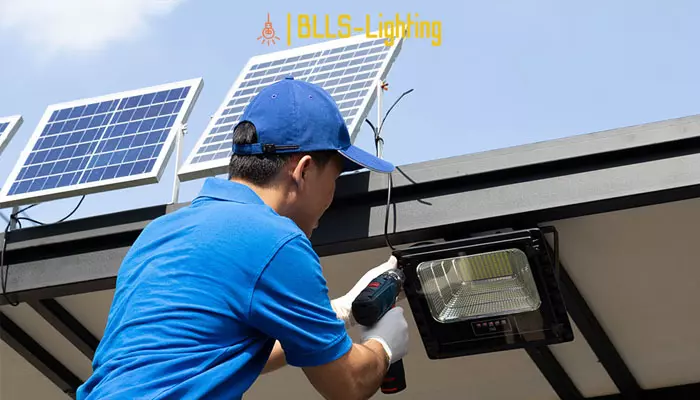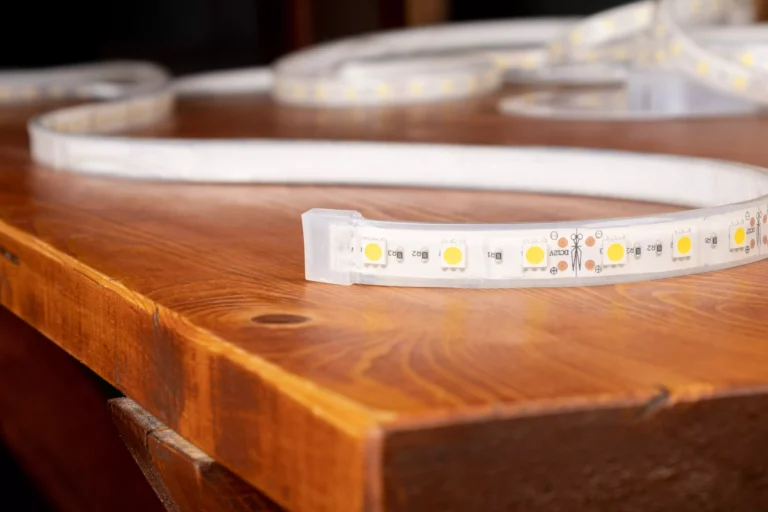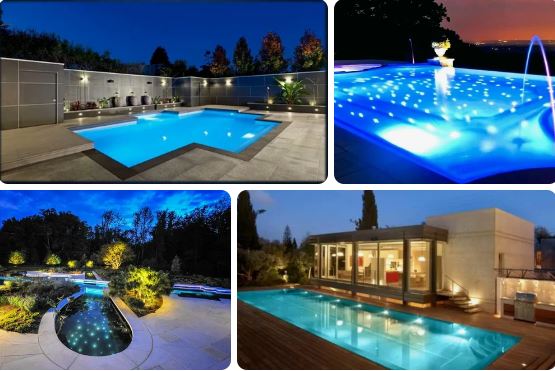Have you ever looked up at the sky on a sunny day and wondered, ‘What are solar tubes?’ These innovative marvels of engineering are more than just a passing curiosity; they represent a fusion of technology and nature’s brilliance. Picture yourself in a room flooded with natural sunlight, courtesy of these ingenious daylighting solutions.
But what exactly are they, and how do they work? Let’s embark on an illuminating journey to explore the essence of solar tubes, unraveling their mysteries, and shedding light on their transformative impact on indoor spaces.

What are Solar Tubes?
Solar tubes, also known as sun tunnels, tubular skylights, and daylighting tubes, are innovative natural lighting systems that channel sunlight into interior spaces. Installed between roof rafters, these conduits feature superior insulation properties, making them ideal for enhancing daylight in dimly lit areas of homes and buildings.
Components and Functionality
Solar tubes comprise three main components:
- Dome: Installed on the roof, the acrylic dome captures sunlight.
- Reflective Tube: A highly reflective aluminum tube channels the collected sunlight.
- Lens: Placed at the interior ceiling, the lens distributes the captured daylight evenly throughout the space.
Advantages of Solar Tube Lighting
- Environmentally Friendly: Solar tubes harness natural light, reducing the need for artificial lighting, which conserves energy and lowers carbon footprint.
- Natural Sunlight: They provide natural, full-spectrum sunlight, which has proven benefits for health, mood, and well-being.
- Low Installation and Maintenance Costs: Compared to traditional skylights, solar tube installation is less expensive, and they require minimal maintenance.
- Design Flexibility: Solar tubes come in various shapes and sizes, enabling customization to suit the aesthetics and lighting needs of any space.
Drawbacks to Solar Tube Lighting
- Weather Dependency: Solar tubes rely on sunlight, so their effectiveness is limited on overcast or rainy days.
- Design Limitations: The placement and orientation of solar tubes are influenced by roof structures and may not be suitable for all roof types.
- Roof Impact: Installing solar tubes requires roof penetrations, which can compromise the roof’s integrity if not done properly.
- Light Control Challenges: Solar tubes offer limited control over the intensity and direction of the incoming light.
- Condensation Concerns: Moisture from the exterior can potentially condense inside the solar tube, affecting performance and durability
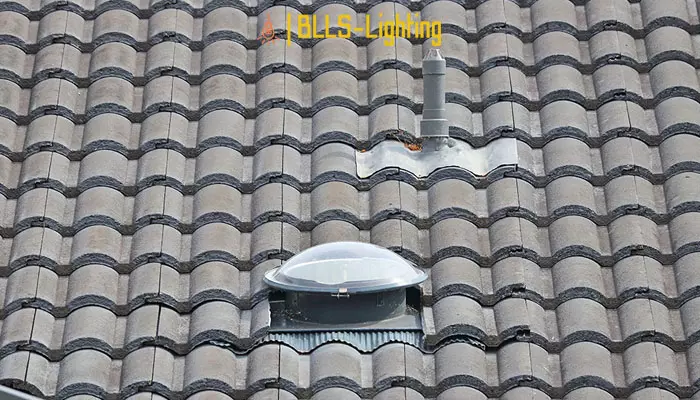
Benefits of Solar Tubes
Glare Reduction: Solar tubes feature high-quality diffusers that distribute natural light evenly, eliminating harsh glare that can cause discomfort and eye strain. This ensures a glare-free, comfortable natural lighting experience in your home or commercial space.
Low Maintenance Costs: Solar tubes are designed for low maintenance. The self-cleaning dome prevents debris buildup, minimizing the need for cleaning or maintenance. The absence of complex moving parts further reduces the likelihood of repairs or replacements, saving you significant costs over the long term.
Energy Savings: One of the primary benefits of solar tubes is energy efficiency. By utilizing natural sunlight, solar tubes significantly reduce the reliance on artificial lighting, leading to reduced energy consumption. You can enjoy the benefits of natural lighting while minimizing your electricity bills, making solar tubes a sustainable and cost-effective lighting solution.
Features of Solar Tubes
Reflective Tube: The reflective tube is a key component of solar tubes. It consists of highly reflective material that effectively channels sunlight from the roof-mounted dome into the interior spaces. This tube is designed to maximize the efficiency of light transmission, ensuring optimal natural illumination.
Diffuser Lens: The diffuser lens plays a crucial role in distributing light evenly. It is positioned at the bottom of the tube and disperses the concentrated sunlight, providing a soft, diffused glow that enhances the ambiance and creates a comfortable lighting environment.
Self-Cleaning Dome: The self-cleaning dome is a unique feature of solar tubes that minimizes maintenance requirements. It is coated with a special material that prevents debris, dirt, and dust from accumulating on the dome’s surface. This self-cleaning mechanism ensures that the solar tube continues to perform optimally, delivering abundant natural light without the need for frequent cleaning or maintenance.
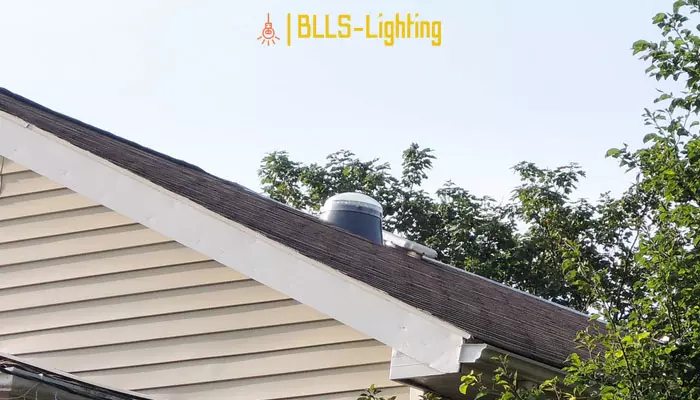
Read more: Why is there an on off switch on solar lights?
Are solar tubes cheaper than skylights?
Cost Comparison
Main Argument: Solar tubes offer a budget-friendly daylighting solution, costing significantly less than traditional skylights. Professional installation of solar tubes typically averages around $750, while skylights can range from $1500 to $2500.
DIY Option
Main Argument: For those looking to save money and handle the installation themselves, solar tube kits are available for approximately $300. However, it’s crucial to note that DIY installation may invalidate your roofing warranty.
Roof Compatibility
Main Argument: Solar tubes require a specific roof pitch angle between 3 x 12 inches and 20 x 12 inches for optimal performance. Adapters are available to accommodate various roofing materials, including asphalt, wood, metal, and tile, ensuring compatibility with any roof type.
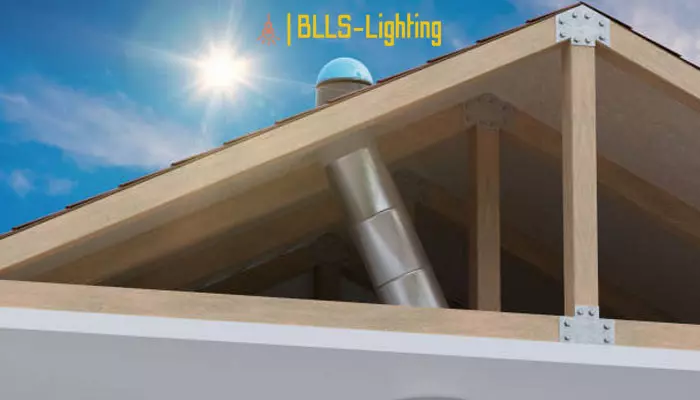
Main Arguments of Comparing Solar Tubes and Skylights
Pros of Solar Tubes
- Lower Cost: Solar tubes are more economical than skylights due to their reduced material and installation requirements.
- Simplified Installation: They can be installed between roof rafters, minimizing disruption during installation.
- Energy Savings: By allowing natural sunlight to enter, solar tubes reduce the need for artificial lighting, lowering energy consumption and costs.
- Minimal Upkeep: Their curved exterior design prevents debris buildup, while vacuum sealing minimizes condensation, requiring minimal maintenance.
- Environmental Advantages: Solar tubes harness natural sunlight, reducing heat gains during summer and insulating during winter.
Cons of Solar Tubes
- Restricted Exterior Vista: Unlike skylights, solar tubes do not provide extended exterior views.
- Limited Passive Heating: Due to their smaller size and limited solar energy absorption, they provide less passive heating than skylights.
Benefits of Skylights
- Expansive Outdoor View: Skylights offer sweeping views of the outside, enhancing the sense of open space and natural connection.
- Passive Heat Gain: By harnessing the sun’s energy, skylights passively heat the interior during the winter months.
FAQ:
Is the cost of installing solar tubes high?
Installing a solar tube not only introduces natural sunlight into any room but also offers significant energy cost savings. However, several variables affect the overall project cost, typically ranging from $500 to $2,500.
For a DIY solar tube installation, expenses may hover around $500, while opting for professional installation could raise the average cost to approximately $1,000. The total expenditure is contingent upon factors like the solar tube’s size, installation complexity, labor charges, and any additional features or modifications needed for the project.
It’s essential to carefully consider these factors when budgeting for a solar tube installation and weigh the advantages of professional installation against the potential cost savings of a DIY approach.
If you’re interested in maximizing natural light in your space, consider solar tube installation. Costs vary based on factors like size and complexity. DIY options start at around $500, while professional installation averages $1,000. Want to learn how to make a solar light? Explore our guide for DIY enthusiasts.
Should I install solar tubes?
If your goal is to reduce energy expenses linked to lighting, solar tubes emerge as a top-tier solution. They present clear advantages over alternative natural lighting methods, albeit with certain limitations. Consulting with roofing and lighting professionals can help determine whether your roof is suitable for accommodating solar tube lighting.
Should I invest in solar tubes?
Determining whether solar tubes are a worthwhile investment hinges on your home’s specific requirements and your lighting preferences. It’s crucial to evaluate factors like the desired level of natural light, installation costs, and potential energy savings to gauge whether solar tubes align with both your lighting needs and budget constraints.
How long is the lifespan of solar tubes?
The longevity of solar tubes is contingent upon several factors, including the quality of materials, installation method, and brand. Typically, high-quality solar tubes can endure for a decade or longer when properly constructed and installed.
The lifespan of solar tubes or solar lights depends on various factors such as material quality, installation technique, and brand. In general, the lifespan of solar lights also depends on whether you clean them regularly or not. Are you wondering how to clean solar lights? Explore our comprehensive guide for effective maintenance tips.
Which type of solar tube is best for your home?
Among the top choices for residential solar tube brands are Velux, Solatube, Sun-Tek, and Natural Light. Renowned for their efficiency and superior light distribution, these manufacturers provide high-quality solar tubes ideally suited for residential applications.

